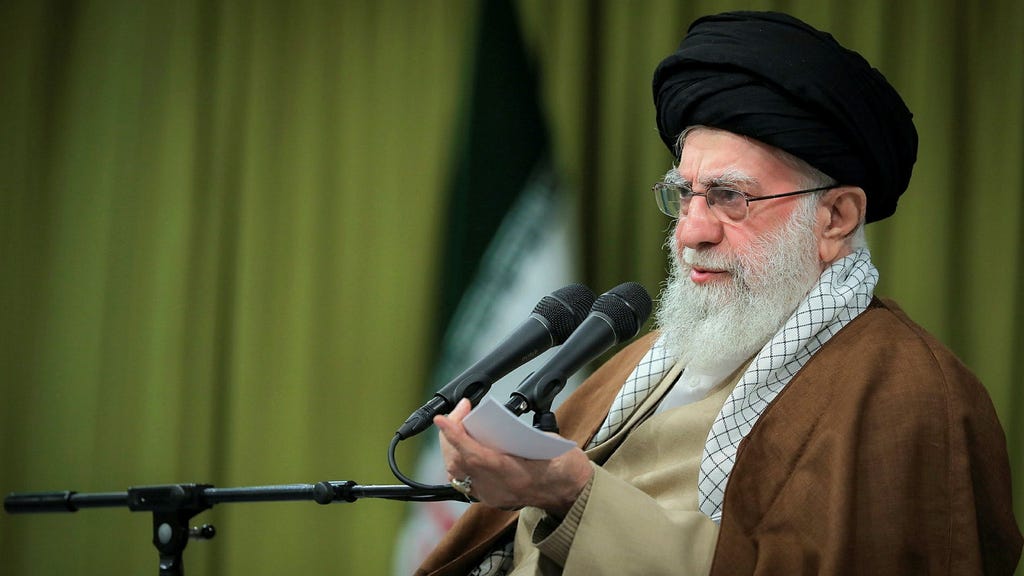The regime in Tehran is facing a profound crisis, a stark reversal of fortune from its position just months prior as the dominant power in the region. The collapse of the Assad regime in Syria, a key Iranian ally, has exposed the fragility of Iran’s regional ambitions and triggered a cascade of setbacks that threaten the regime’s stability. Publicly humiliated by Russia, which highlighted the ineffectiveness of Iranian-backed militias in Syria, Iran is also grappling with domestic unrest fueled by a crippling energy crisis and a faltering economy. The confluence of these factors presents a critical juncture for Iran, forcing the regime to confront the unsustainable nature of its foreign policy and the urgent need for domestic reforms.
The swift downfall of the Assad regime delivered a devastating blow to Iran’s strategic aspirations. Syria served as a crucial linchpin in Iran’s regional network, providing a land bridge to Hezbollah in Lebanon, access to Syrian ports, and a foothold near the Golan Heights. The loss of these strategic assets significantly weakens Iran’s ability to project power in the region and support its allies. Further compounding the setback is the public humiliation inflicted by Russia, which not only underscored the failure of Iranian-backed militias but also revealed Iran’s desperate plea to Moscow for assistance in evacuating its troops from Syria. This public airing of Iran’s weakness further undermines its image as a regional powerhouse.
Adding to the regime’s woes is the growing discontent within Iran. A severe energy crisis, marked by widespread power outages and factory closures, has gripped the nation, exacerbating existing economic hardships. Ironically, this crisis unfolds in a country with vast gas reserves, raising questions about the regime’s competence and mismanagement of resources. The president’s public apology for the dire situation underscores the gravity of the crisis and the growing pressure on the government to address the mounting public frustration. The confluence of regional setbacks and domestic turmoil creates a volatile environment for the Iranian regime, potentially jeopardizing its grip on power.
The audacious attack by Hamas leader Yahya Sinwar on Israel in October 2023 triggered a chain reaction that ultimately contributed to the collapse of the Assad regime and further destabilized the region. While Iran may have initially viewed the attack as a strategic maneuver, it backfired spectacularly, accelerating the unraveling of its carefully constructed regional alliances and exposing its vulnerabilities. The subsequent Israeli response and the escalating conflict further strained Iran’s resources and diverted attention from its domestic challenges. Sinwar’s actions, although potentially intended to advance Palestinian goals, ultimately served to undermine Iran’s broader regional ambitions and exacerbate its internal difficulties.
Iran’s persistent narrative of portraying Sunni rebels as tools of an American-Zionist conspiracy, while simultaneously acknowledging Turkey’s support for the rebels, reveals a duplicitous foreign policy approach. This strategy, aimed at maintaining a delicate balance between ideological posturing and pragmatic diplomacy, ultimately failed to prevent the collapse of the Assad regime. The regime’s inability to effectively navigate these complex regional dynamics further underscores its strategic miscalculations and the limitations of its influence.
The regime in Tehran now faces a crucial turning point. The convergence of regional setbacks, domestic unrest, and economic hardship demands a fundamental reassessment of its foreign policy and domestic priorities. The costly pursuit of regional dominance, championed by the powerful Revolutionary Guard, appears increasingly unsustainable. Addressing the pressing domestic challenges requires significant resources and a de-escalation of tensions with the West, potentially leading to the lifting of crippling sanctions. This, however, necessitates difficult decisions, including curbing the Revolutionary Guard’s ambitions and potentially re-evaluating its regional alliances. The path forward for the Iranian regime remains uncertain, but one thing is clear: the status quo is no longer viable. The regime must choose between clinging to its dwindling regional ambitions and prioritizing the well-being of its own people.














